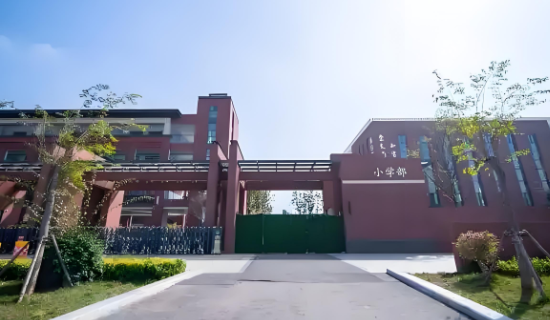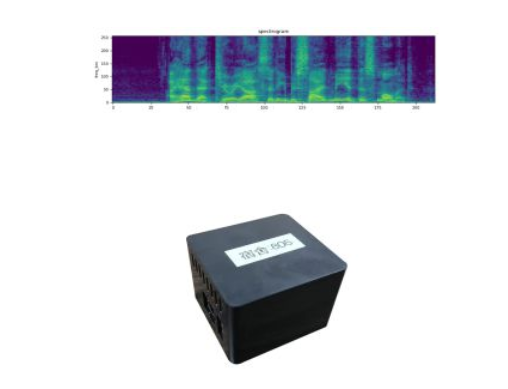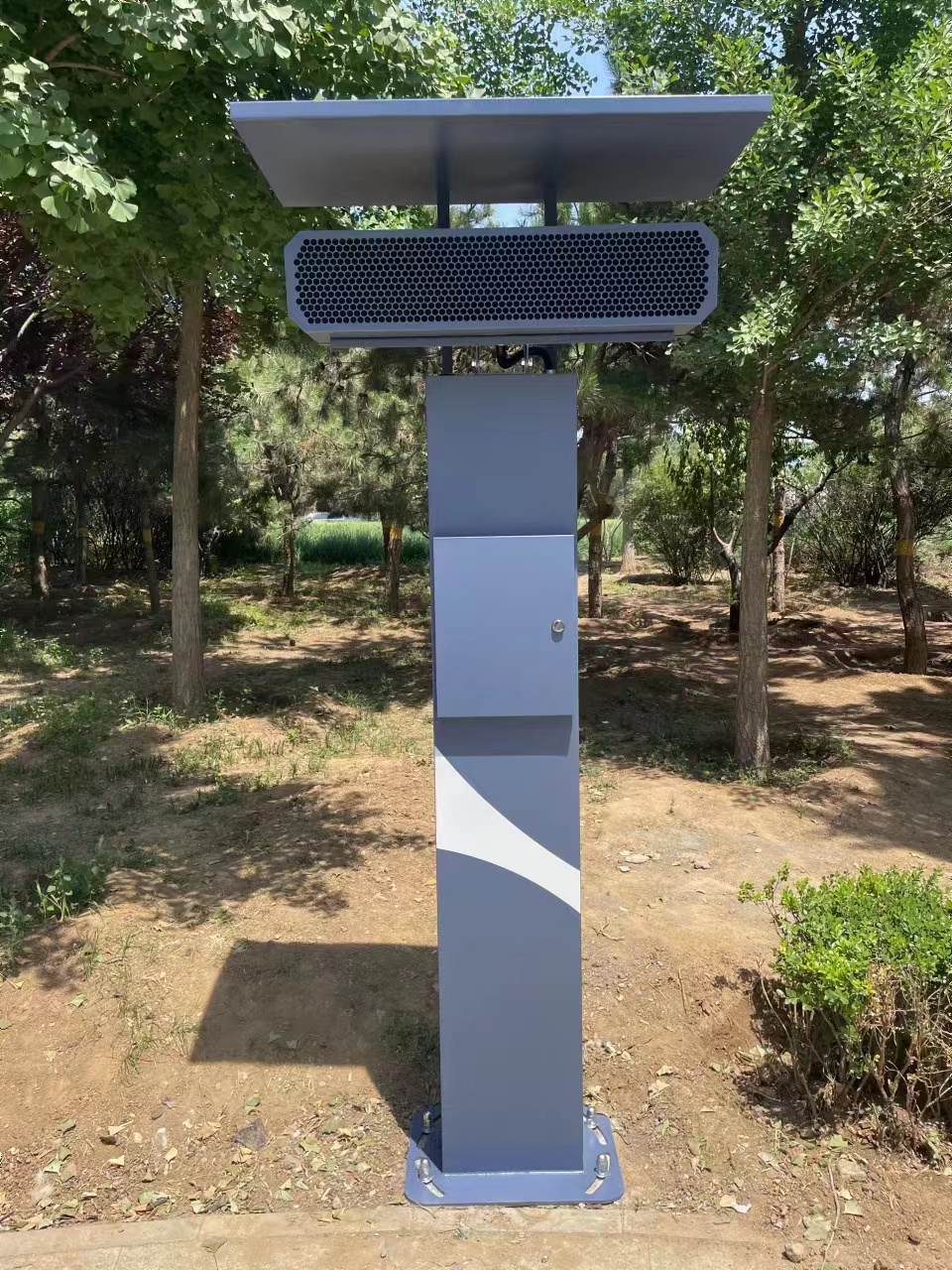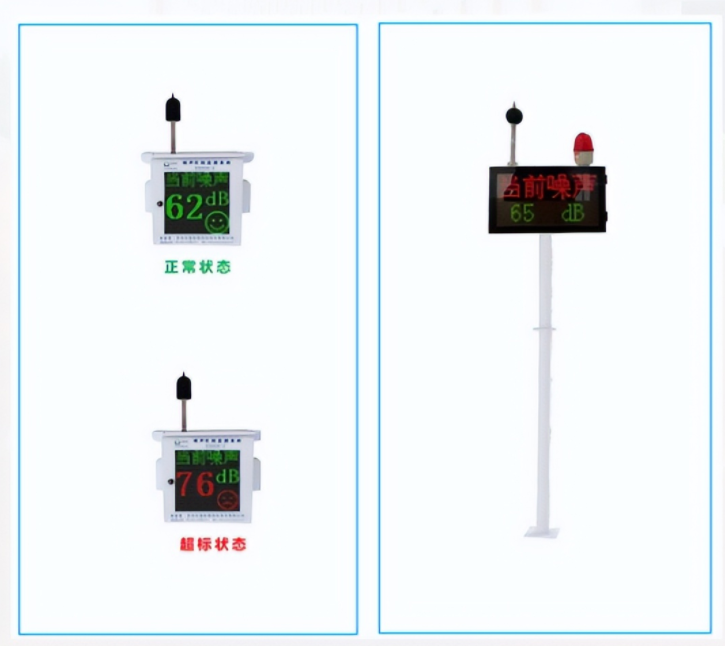Background of Smart Campus Monitoring Equipment System Solution
With the rapid development of information technology and continuous innovation of educational models, traditional campus management methods are no longer able to meet the high requirements of modern educational environments for safety, environmental monitoring, and teaching management. The smart campus monitoring equipment system has emerged, aiming to integrate advanced technologies such as the Internet of Things, cloud computing, and big data to monitor the environment, facilities, and security status of the campus in real time.
This system can comprehensively monitor multiple indicators such as indoor and outdoor air quality, temperature and humidity, noise level, personnel flow, equipment operation, etc., provide timely warnings and data analysis, and provide accurate information support for school managers. Through intelligent monitoring methods, the smart campus system can not only improve campus safety and comfort, but also optimize resource allocation, reduce energy consumption, and achieve more efficient, green, and intelligent campus management.

Construction significance
Safety management: The smart campus monitoring system can monitor the safety situation inside and outside the campus in real time by installing anti bullying monitoring and alarm devices, timely detect and deal with safety hazards, effectively prevent and reduce the occurrence of campus safety accidents, and ensure the personal safety of teachers and students.
Environmental monitoring: The system is capable of real-time monitoring of temperature, humidity, air quality, noise, etc. within the campus, adjusting environmental parameters in a timely manner to ensure the comfort and health of the campus environment, and providing a good learning and living environment for teachers and students.
Reducing pollution: Designed to improve the efficiency and accuracy of information dissemination within the campus by installing a campus directional broadcasting system. Through this system, audio can be played in specific areas such as playgrounds and outdoor activity areas without disturbing other ongoing teaching activities and nearby residential areas.
Data analysis: By collecting and analyzing various data within the campus, the smart campus monitoring system can help managers understand various aspects of campus operations, make more scientific and reasonable decisions, and promote the modernization and informatization of campus management.
Emergency response: In the event of an emergency, the smart campus monitoring system can quickly activate the emergency plan, coordinate the response actions of various departments, effectively control and handle the emergency situation, and reduce the impact of the incident on the normal order of the campus.
System Introduction
Dormitory noise monitoring system
The dormitory noise monitoring system is an important component of this plan. By installing advanced noise sensors, the system can monitor the noise level in the dormitory area in real time, ensuring that students have a quiet resting environment. Once the noise level exceeds the preset standard value, the system will automatically sound an alarm, and the manager can take timely measures to reduce the noise and ensure the quality of students´ sleep. The system is upgraded and renovated based on ordinary models, developed for the multiple sources of dormitory noise, with a wide monitoring range. It can analyze and screen for excessive noise sources, push the types of noise that meet the standards, and do not provide alarm processing for invalid noise (such as physiological noise such as snoring).

Campus playground directional broadcasting
The campus directional broadcasting system is designed to improve the efficiency and accuracy of information dissemination within the campus. The main advantages of using phased array and combining multiple speakers to achieve sound control and directional transmission are its flexibility and stability. Due to its ability to change the phase of sound waves, it can adapt to various environments and targets. In addition, the working principle of the full frequency parametric array is relatively stable and not easily affected by environmental factors. It has a wide frequency response range, good low-frequency sound quality, and can play audio in specific areas such as playgrounds and outdoor activity areas without disturbing other ongoing teaching activities and nearby residential areas.

Campus Surrounding Noise Monitoring System
The campus surrounding environment noise monitoring system is a monitoring system specifically designed to evaluate and control the noise level in the surrounding areas of the school. The system consists of high-precision noise sensors, data acquisition units, analysis software, and user interfaces, which can monitor and record the noise situation in the surrounding environment of the campus in real time. It is usually installed around the campus, such as walls, the outside of buildings, or other key locations, in order to comprehensively capture the noise level around the campus.
Keyword:





